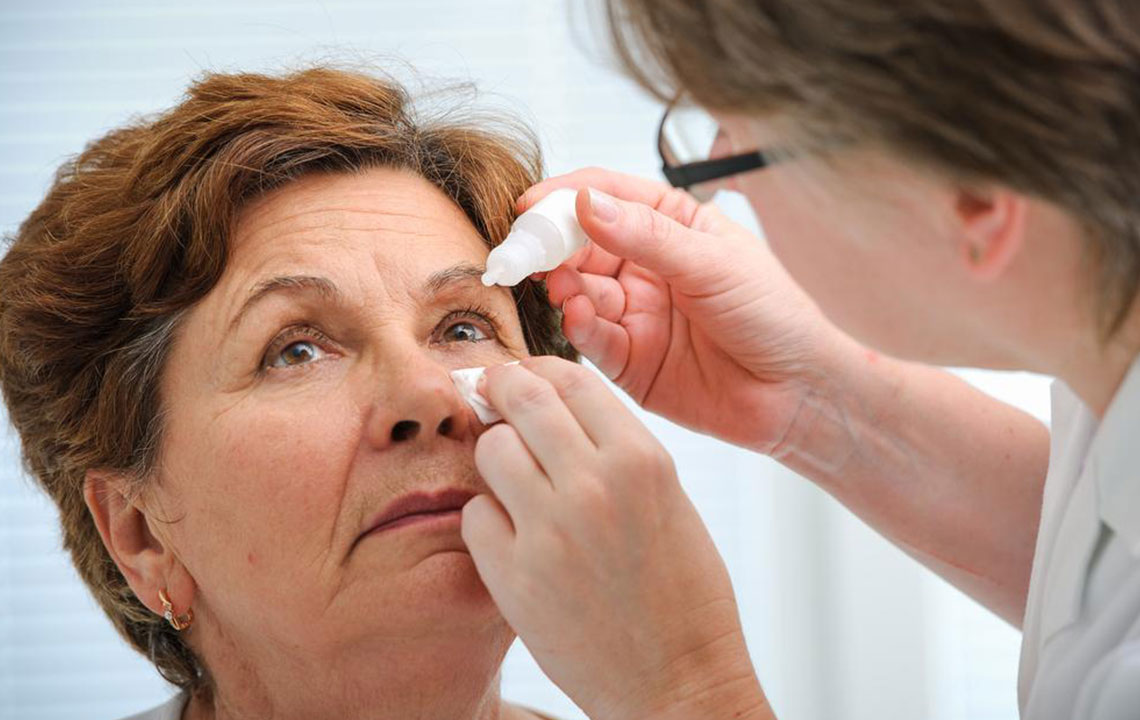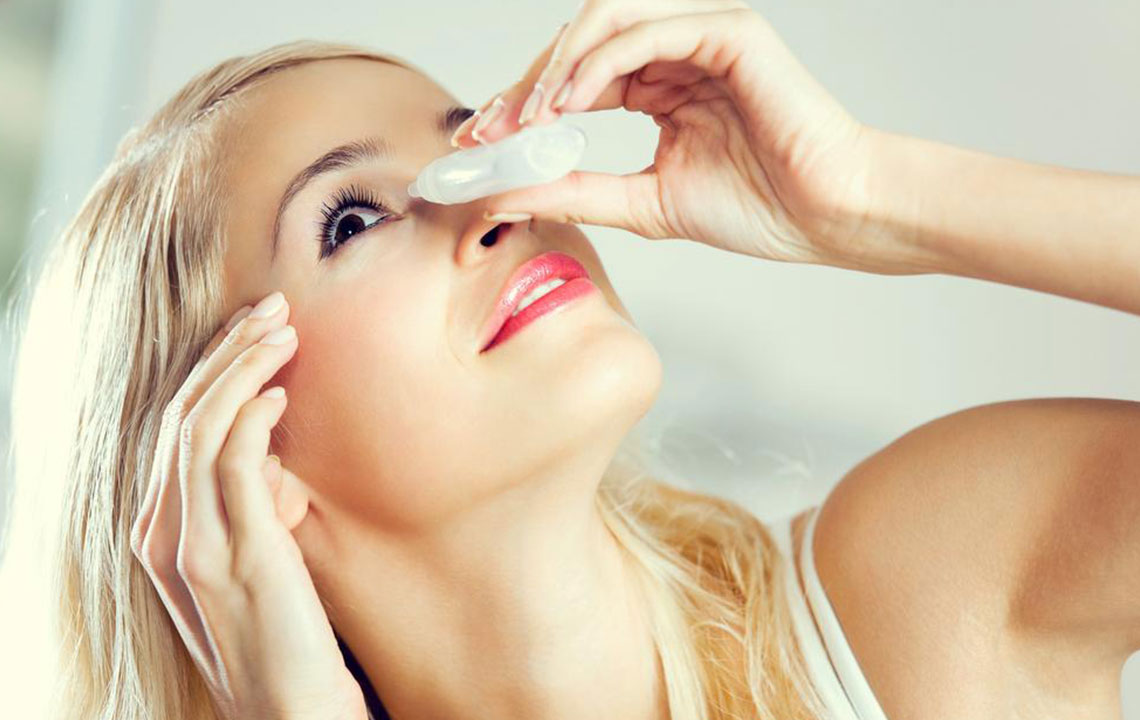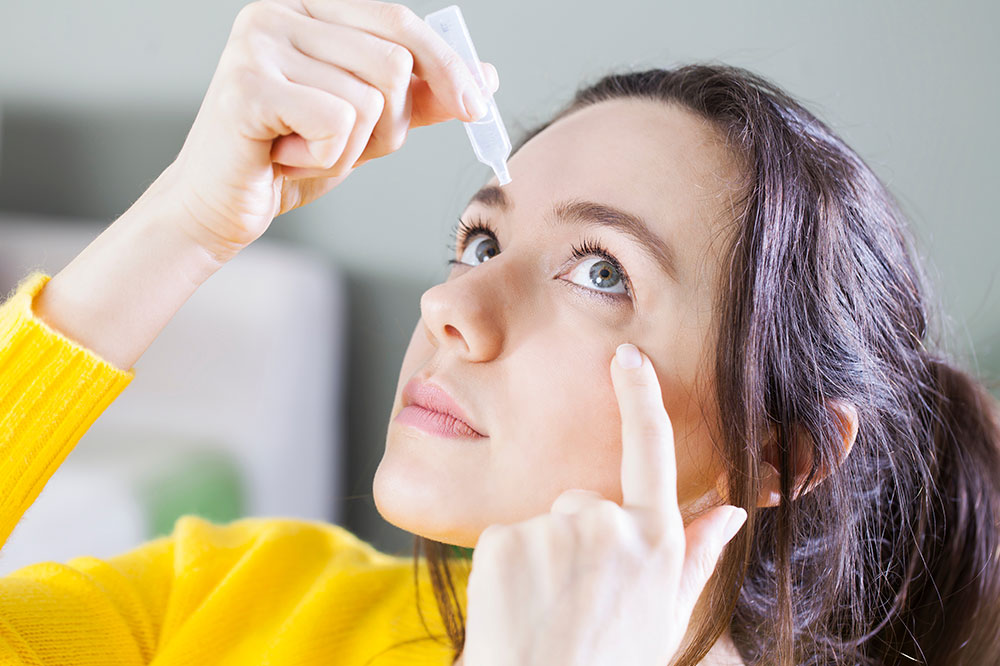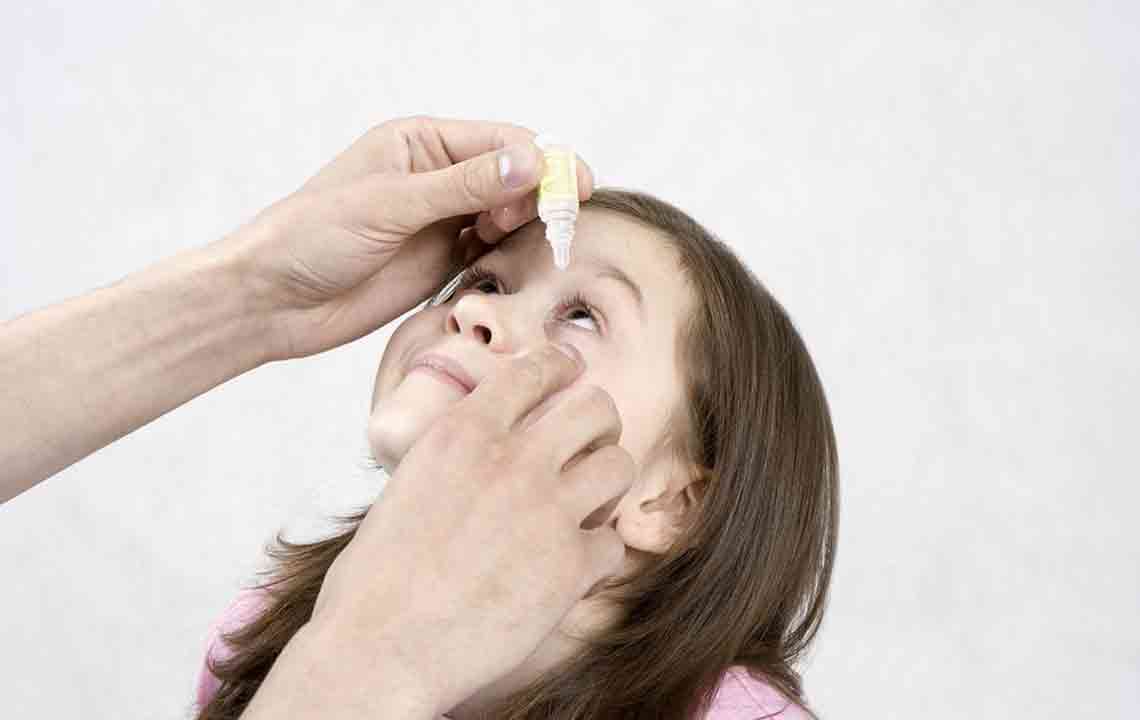Comprehensive Guide to the Causes and Prevention of Dry Eyes
Dry eyes are caused by insufficient tear production or poor tear quality, often due to aging, health conditions, medications, or environmental factors. Understanding these causes helps in effective prevention and treatment. Aging reduces tear secretion, while health issues like diabetes or autoimmune diseases impair tear glands. Medications such as antihistamines and hormone therapies can cause dryness by decreasing tear production. External factors like dry air, screen time, and contact lens wear also contribute. Recognizing these factors is essential for maintaining eye comfort and health through proper care and medical intervention.

Comprehensive Guide to the Causes and Prevention of Dry Eyes
Dry eyes, a common condition affecting millions worldwide, occur when the eyes do not produce enough tears or when the tears evaporate too quickly. Tears are essential for maintaining eye health, providing lubrication, and protecting against infections. They are composed predominantly of water, oils, and mucus, which work together to keep the eyes smooth and comfortable. When tear production decreases or tear quality is compromised, symptoms such as irritation, redness, burning sensation, and blurred vision can develop, significantly impacting daily life.
Understanding the underlying causes of dry eyes is crucial for effective management and treatment. As individuals age, they often experience a natural decline in tear production and changes in eyelid function, which contribute to dryness. Furthermore, various health conditions, medications, environmental factors, hormonal fluctuations, and lifestyle choices can all influence tear film stability and ocular surface health. This comprehensive exploration aims to shed light on the multifaceted causes of dry eyes and offer insights into prevention and relief strategies.
Major Causes of Dry Eyes:
1. Aging and Natural Degeneration
One of the most prominent contributors to dry eyes is the natural aging process. As people grow older, tear glands tend to produce fewer tears, and eyelid muscles may weaken, impairing their ability to spread tears evenly across the eye surface. Additionally, age-related hormonal changes, particularly in women during menopause, can significantly reduce tear secretion and alter tear composition, leading to dryness and discomfort.
2. Underlying Medical Conditions
Many chronic health conditions are linked to decreased tear production or abnormal tear composition. These include diabetes mellitus, rheumatoid arthritis, systemic lupus erythematosus, Sjogren's syndrome, thyroid dysfunctions, and deficiencies in vital nutrients like vitamin A. Conditions such as these may cause inflammation, nerve damage, or gland dysfunction, impairing the eyes’ natural lubrication mechanisms.
3. Prescription and Over-the-Counter Medications
Several medications can inadvertently cause dry eyes as a side effect. These include antihistamines used for allergies, oral contraceptives, hormone replacement therapies, nasal decongestants, antidepressants, beta-blockers for heart conditions, diuretics, and medications for high blood pressure or neurological disorders. These drugs may reduce tear production or alter tear quality by affecting gland function or tear film stability.
4. Environmental and Lifestyle Factors
External factors play a significant role in provoking dry eye symptoms. Exposure to dry, windy, or polluted air can accelerate tear evaporation. Air conditioning, heating systems, and smokers increase the dryness in the environment. Activities that require intense visual focus, such as working long hours on computers or reading, often lead to reduced blinking frequency, resulting in faster tear depletion. Contact lens wearers may experience irritation and dryness due to mechanical friction or altered tear film stability.
5. Hormonal and External Triggers
Hormonal fluctuations, especially in women, significantly influence tear production. Pregnancy, menopause, oral contraceptives, and hormone replacement therapy can cause hormonal shifts that impact tear gland function. External factors such as prolonged sun exposure, high altitudes, and airflow from fans or air conditioners also dry out the eyes.
6. Anatomical and Physiological Factors
Structural abnormalities of the eyelids, such as entropion or ectropion, can impair tear distribution. Blepharitis, or inflammation of eyelid margins, can block oil glands (meibomian glands), decreasing tear film stability. Certain health conditions like allergic conjunctivitis and contact dermatitis cause inflammation that compromises tear quality.
Moreover, activities involving prolonged visual concentration, such as gaming, reading, or working on digital devices, reduce blinking rates, leading to rapid tear film evaporation. Patients with autoimmune diseases like Sjogren's syndrome, rheumatoid arthritis, and scleroderma are at higher risk due to systemic inflammation affecting tear glands and ocular tissues.
Recognizing the diverse causes of dry eyes underscores the importance of seeking proper medical evaluation. Effective management hinges on identifying the underlying factors contributing to tear deficiency or instability. Lifestyle modifications, environmental adjustments, and tailored medical treatments can significantly improve symptoms and preserve eye health.





